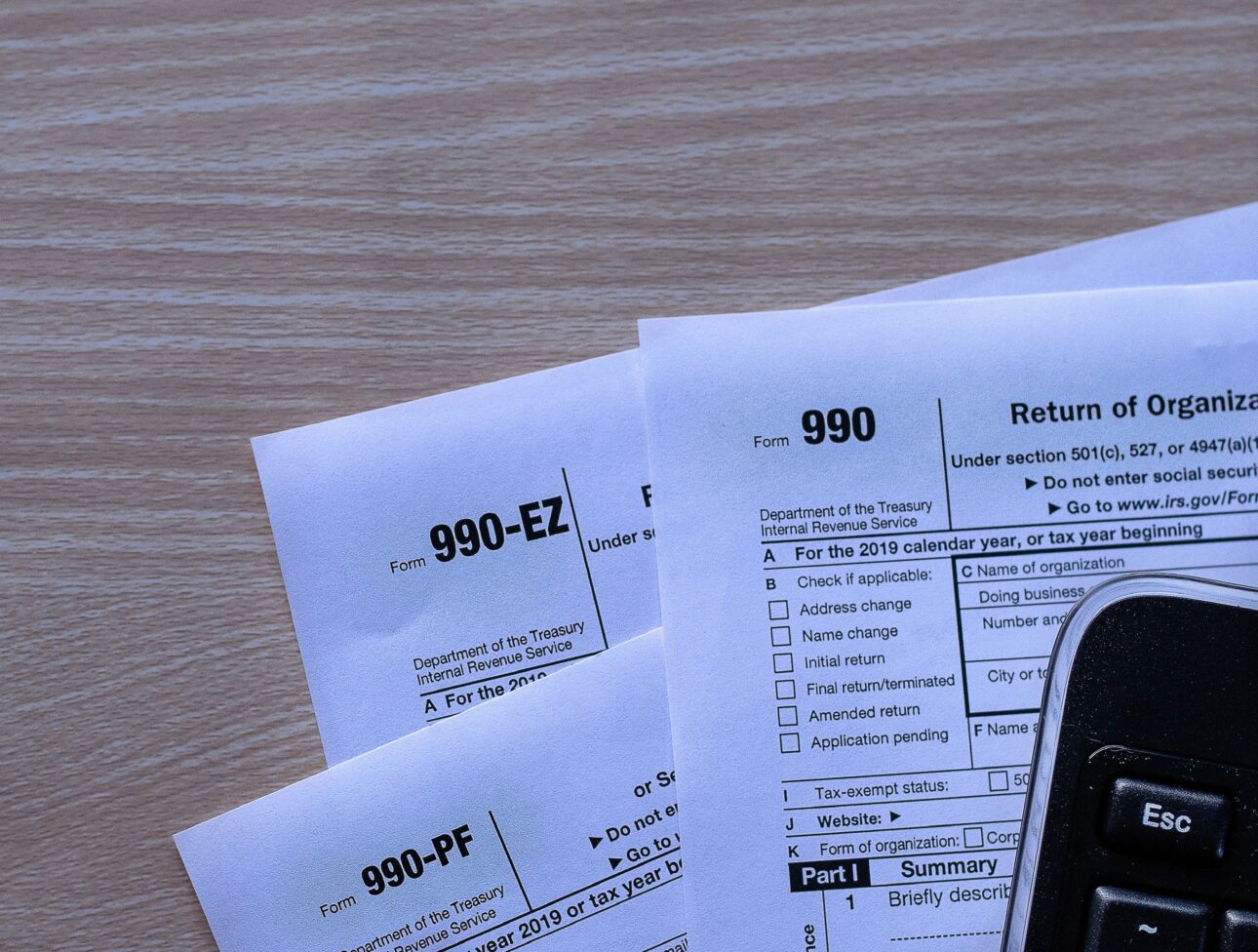
The 990 Tax Return – What It Is and What It Is Not


For those of you who have ever been involved with the preparation of a 990 Return of Organization Exempt from Income Tax form, you know it can be 50-plus pages of questions and boxes to check. Frankly, not that much fun for anyone except, perhaps, tax accountants.
First, let’s discuss what the 990 form isn’t: Although technically a tax return, it really doesn’t serve the purpose of the traditional tax return. The 990 is specifically for non-profit organizations that don’t pay taxes. So, why does it take 50-plus pages and hundreds of question boxes to complete this form? The answer is…it’s complicated.
What is the 990 tax return? The 990 is the tax form the Internal Revenue Service (IRS) requires all 501(c)(3) tax-exempt charitable and non-profit organizations to submit each year. In reality, it is a powerful marketing tool for not-for-profit organizations. The 990 gives the organization the ability to describe its overall mission and is an important document for perspective funders to review the organization’s operating efficiency and its financial results. Most 990 forms are uploaded to the GuideStar database, which presents information about every IRS-registered nonprofit organization.
The 990 is broken into several sections. Here are the four major components of the 990 tax return:
The 990 form includes the standard financial statement, balance sheet, profit and loss statement (P&L), and the schedule of functional expenses. The schedule of functional expenses will show the operating efficiency of every dollar spent with respect to administrative, development, and program expenses. Any potential funders will most likely want to understand this percentage. It shows, for every dollar contributed, how much goes into the actual program.
The 990 also includes a schedule of events, so if you host a gala, golf tournament, or bake sale, you must disclose the gross revenue expenses and the net results showing the operating efficiency of these events to any potential funders.
This schedule is designed to show, over the past five years, how much the organization has contributed as a percentage of total revenue. There are certain standards an organization must achieve to maintain its not-for-profit status. Again, this reveals the efficiency of the organization.
As part of the 990 filing, you must disclose funders who have made contributions over a certain dollar threshold-for example, $100,000, in the current year. It is important to understand that this schedule is only on the internal version of the 990, as it discloses your major funders. This information is not included on the version that is available for public viewing on GuideStar.
There are also a few key boxes that potential funders will look at. One box shows whether you have received 100% contributed support from your entire Board of Directors. Most funders will not support an agency that doesn’t have complete support from its board members. Another box verifies that you have provided a copy of the 990 from each board member for his or her review prior to your filing.
Done the right way, the 990 tax return can be an excellent marketing document for your organization to attract new funders. Be sure to review it annually and include any new programs or accomplishments.
Click here to find detailed instructions for the Form 990 Return.
If you are considering outsourcing your nonprofit’s accounting function, contact us to explore if we are the right fit for you.
In the meantime, check out our top 10 accounting tips for non-profits.
Discover how ARI is making a meaningful impact in the community, fostering positive change through dedicated initiatives and community-centric efforts.